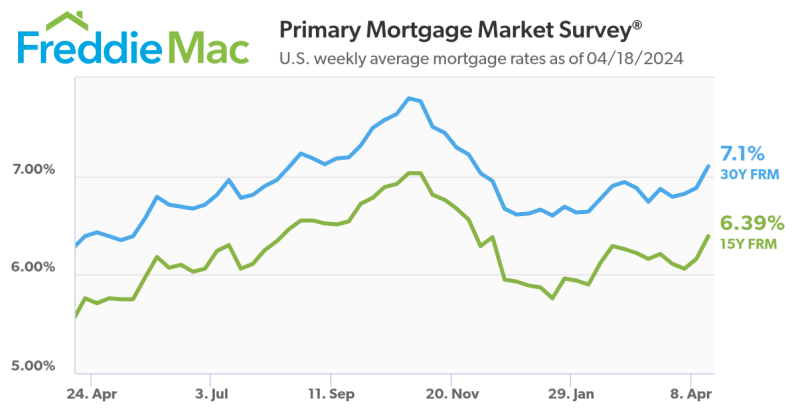Advertisement
A niche that can help increase your income: Outsource borrowers with bad credit
When non-conforming fitsJoe Amorosonon-conforming loans, sub-prime, alt-A
Let's be honest for a minute. A borrower comes to you with a
decent credit score and a well-documented, stable employment
history. Which loan product folder do you instinctively pull out of
the drawer?
If you're like the majority of brokers and loan officers, the
answer is simple: Conforming. The portfolio is smaller, the
products are simpler to explain, and in most cases, you can use
automated underwriting engines that offer nearly instantaneous
approvals. Plus, because of preconceived notions about conforming
products, you are likely to think the rates and terms are
better.
You also reached for your conforming product folder because
sub-prime and alt-A make you think about lower credit scores,
higher rates and alternative income verification types. Or maybe
you consider yourself a conforming shop and have just avoided other
loan products. These biases extend throughout our industry, and we
maintain them often at the expense of our customers and our own
businesses.
More than just rate, customers want to feel that they got the
best loan for their particular situationno matter how our industry
classifies the loan. These days, you can be reasonably sure that
most consumers are well educated when it comes to the different
types of mortgage programs. Brokers and loan officers lose loans to
other shops that do their homework and offer a wider variety of
options to each customer.
The most important first step in tailoring a loan program is
listening to the borrower's needs. What is the goal? Lower
payments? A cash-out refinance? Minimize a down payment? Next, try
to get your borrower the best rate available with a reasonable
profit built into it for you, the originator. If the borrower
qualifies, pursue a conventional mortgage and the rate that goes
along with it.
But don't stop there. Look at the full range of products. Don't
rule out non-conforming options even if the borrower has a solid
credit score or a well-documented income. Many times, depending on
the borrower's characteristics, non-conforming options offer better
rates and terms than conforming.
Consider these examples:
•At a credit score of 680 and above, with a lower
loan-to-value (LTV), sub-prime pricing may be better. In this
scenario, wholesalers are currently offering adjustable rates below
five percent and fixed rates below six percent.
•Most lenders use risk-based pricing for sub-prime loans,
which means there is no need for mortgage insurance at LTVs greater
than 80 percent. This can be a significant issue for many
borrowers.
•With a conforming loan program, the borrower must often
demonstrate significant reserves, and underwriters require full
income verification. Sub-prime loan variations include stated
income, lite-doc as well as full-income varieties, offering many
more options for the borrower.
One thought you may be having at this point is that your
680-plus borrowers would walk out the door if you tried to sell
them a sub-prime loan. We have not conducted a national poll, but
I'm reasonably sure that most borrowers are not label-conscious
when it comes to their home loans. They want loans that help them
achieve their goals, with the best possible rates and terms.
And if automated underwriting engines are causing you to
overlook non-conforming, stay tuned. You can expect them for
non-conforming loans later this year. Wholesalers have heard you
loud and clear.
It may be easier said than done, but set aside your rigid
definitions and preconceived notions about non-conforming loans and
the non-conforming borrower. These days, alt-A and sub-prime offer
true alternatives to conventional lending. Take the time to find
the best overall financing package for your borrowers, and you'll
have customers who keep coming back and keep referring you when
they hear of others who need mortgages.
Joe Amoroso is a senior vice president with Opteum Financial
Services. He may be reached by e-mail at
[email protected].
About the author





